Yoga Methods for Relieving Depression and Anxiety
I have a daughter with severe clinical depression. It is a genetic problem that runs through my maternal family. Sadly, my daughter stated experiencing severe anxiety and depression at the age of 12 . For my daughter, anxiety and depression come together. She was also a cutter. Over the years I’ve noticed that her panic attacks… or periods of anxiety… trigger her depression. The doctor was not sure why she experienced depression following the anxiety…but it seems that most anxiety disorders—including panic disorder, social anxiety disorder, obsessive compulsive disorder, post traumatic stress disorder, and phobias—are often accompanied by depression.
Depression can be experienced in many different ways….sadness, hopelessness, and agitation…all of these in varying degrees…from mild to severe. All of them can result in a diminished quality of life. The great news is that yoga can not only help lift you from depression …but can also help in quieting the anxious “Monkey Mind”. Another benefit of yoga… for those of us fortunate to be in the Beautiful Yogis Group… is the connection to a beautiful community of supportive, positive, loving people who can assist with examples of their own experiences and with suggestions for your own healing. Yoga can assist you in dealing with depression by helping you get in touch with a deeper purpose in life, and by connecting you with an inner source of calm and joy that is one of the many the magics of yoga .
Often, depression affects your energy level and leaves you with a feeling of debilitating exhaustion. You’ll want to concentrate on practices that bring breath to the body, particularly deep inhalations. Also beneficial are rigorous practices such as repeated Sun Salutations, arm balances, and other challenging poses. These can be very therapeutic. When your body and mind are very focused and occupied with the practice it becomes nearly impossible to sink into anxiety and depression triggering thoughts. While you are engaged in practice, it is very important to focus on to the breath… and also… each deliberate motion. This is know as a moving meditation and brings much needed oxygen and concentrated focus to the body and mind. Yoga also increases blood flow. All of these are instrumental in raising your mood and bringing you to a sense of well being.
***For depression focus on the inhalation, which draws life force into the body. And for anxiety, it’s best to focus on the exhalation, which promotes a calm, peaceful mind.
Asana practice helps counteract anxiety and depression because it reduces stress hormones such as cortisol and adrenaline. These hormones induce what is known as the relaxation response. Once the relaxation response kicks in, many people feel that instead of trying to escape their feelings, they can stay with them, which is very helpful for finding the tools that work for you. Finding the path to this relaxed place is your key to self healing. That is why so many people, like my daughter, are finding great relief from yoga (a moving meditation), breathing exercises (pranayama), and guided meditation.
Back bends, in particular, can be physically challenging and help relieve feelings of anxiety. These range from more active poses such as Camel Pose and full back bends such as wild thing and Wheel Pose. For relaxation after a strenuous practice restorative poses such as supported Savasana (done with a bolster placed lengthwise under the torso to better open up the heart). Carefully monitor your feelings in back bends though as they may cause some people with depression to feel agitated. If this is the case for you…skip them for the time being. Strenuous practices have the advantage of helping you to burn off some of your nervous energy, and also of being demanding enough to keep you focused for longer periods of time. Capturing and maintaining focus may take some practice…Don’t get discouraged. The deeper you get into your practice the easier maintaining focus and breath will become. When choosing a class during a period of depression…make sure and choose one that is strenuous…not exceedingly difficult as to cause frustration…but difficult enough to be effective.
Once you’ve practiced the active poses you should be more able to relax into the restorative postures.
If you’re feeling agitated, anxious, and fearful, you should try practicing calming poses such as forward bends or restorative yin poses. Ali has a wonderful Warm Yin Class that is very helpful for those suffering from depression and/or anxiety.
But if your mind and energy are out of control, being completely still and willing yourself to relax may make you feel worse. In those situations, start your practice with challenging, strenuous poses such as Headstand, Handstand, Warrior 2 and Warrior 3, or Sun Salutations to burn off nervous energy and to give your Monkey buzzing mind something to focus on. If those poses are too difficult try starting with Downward Facing Dog. Move through Downward Facing Dog in a wave-like motion into plank…and then back again to Downward Dog and plank, etc….repeat the wave -like motion 8-10 times. Afterward, move from plank into a back bend… such as bridge or wheel. These postures can lift the spirits without overly stimulating the nervous system, provided you “focus on your breathing” and don’t be overly aggressive while working the pose. Back bends are recommended because they open the chest, which is essential for relieving both anxiety and depression.
So, what’s the key to not being at the mercy of your depression and anxiety? It’s learning what’s behind it (your awareness practice helps with this) and staying present with what’s going on, even when you want to escape. Running from difficult emotions rarely works—they eventually catch up with you in all kinds of ways. It is always best to teach yourself calming methods for facing your fears and depression head on. Stay with is, practicing your breathing, your asanas, and your meditations. Yoga practice teaches the kind of acceptance you need to handle these difficult times You’ll undoubtedly have times when you want to come out of a pose because it’s uncomfortable, it seems too hard, or it brings up difficult emotions. But yoga teaches you to notice how you feel and to use your breath to accept your current situation, even if it makes you uncomfortable, angry, sad, or agitated. As you learn to weather situations like these on your mat, you’ll see that as quickly as difficult emotions arise, you will become more able to take hold of them and gently release them from your thoughts.
Effects: Combats anxiety and energizes the body.
Effects: Brings relief from despondency or anxiety, energizes your whole body, and makes you feel more alive.
***Do not do this sequence if you have neck problems, high blood pressure, or heart problems; if you are menstruating or pregnant.
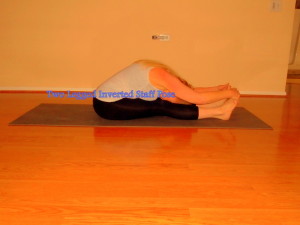
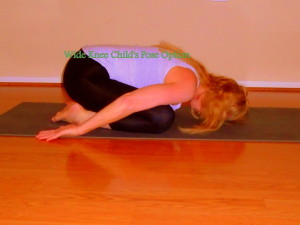
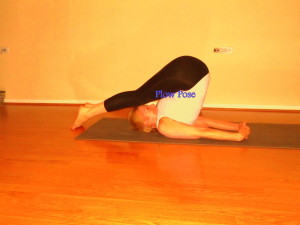
Effects: Combats anxiety and energizes the body. Allows extended time to practice your deep breathing. Breathing in to the count of 8 (slowly)…breathing out to the count of 10 (slowly). Continue breath work for the full minute.
Effects: Calms jittery nerves and combats fatigue.
***Intermediate or advanced yoga students can do Headstand and /or handstand instead, which is energizing, balances the emotions, and rejuvenates the brain.
Effects: Opens the chest, lifts the spirits, and invigorates the body.
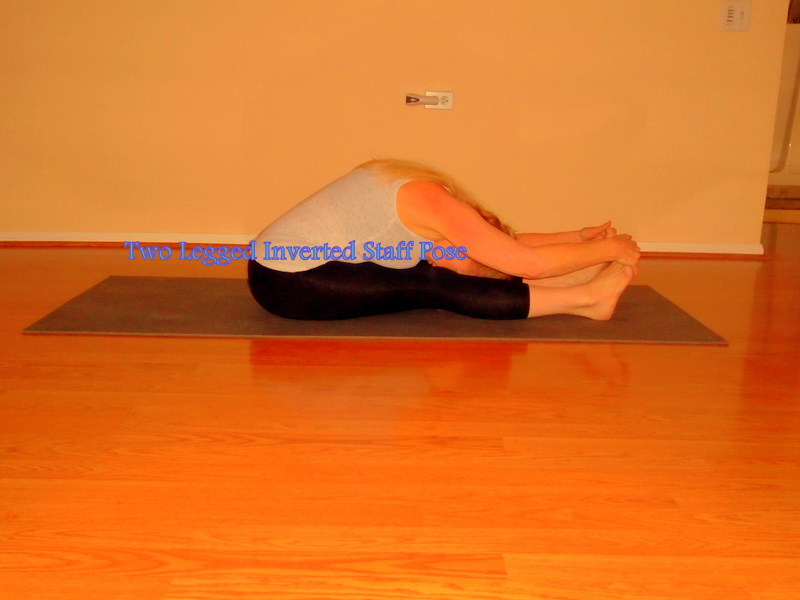
Effects: Improves circulation, stimulates the nervous system, and generates a feeling of well being.

Effects: Relieves irritability. Balances the emotions by quieting the nervous system. Also, help balances the endocrine system.
***Do not do this pose if you have neck or shoulder problems, have high blood pressure, or are menstruating.
At this point in the sequence you have several choices. If you feel calm and ready to rest, you can lie in Savasana aka corpse pose. If you still have anxiety or depression after this sequence, you can choose to do a restorative pose such as a seated forward bend. Or…if you are still very active and are still experiencing anxiety…you can repeat the sequence.
Related Posts:
3 Comments
Leave a Comment
You must be logged in to post a comment.

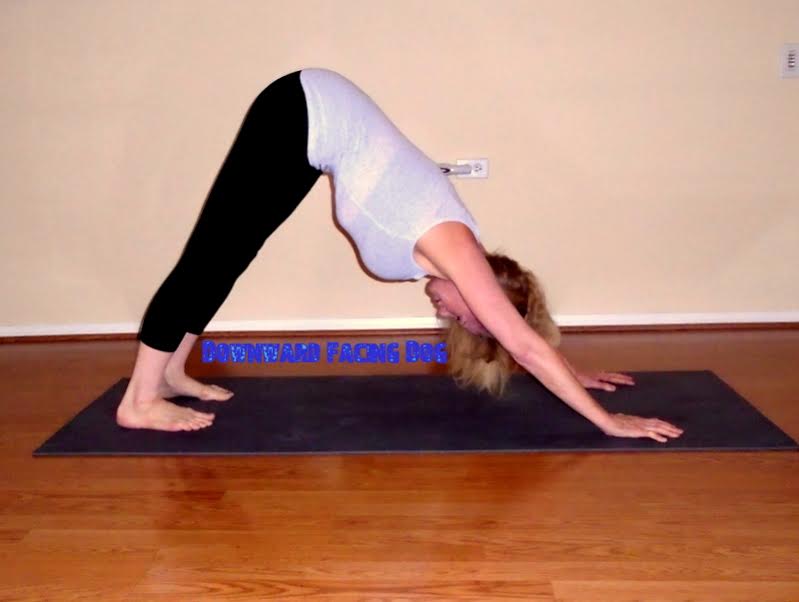
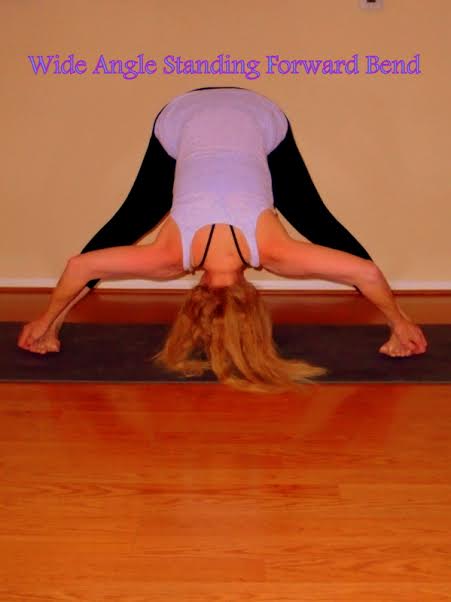
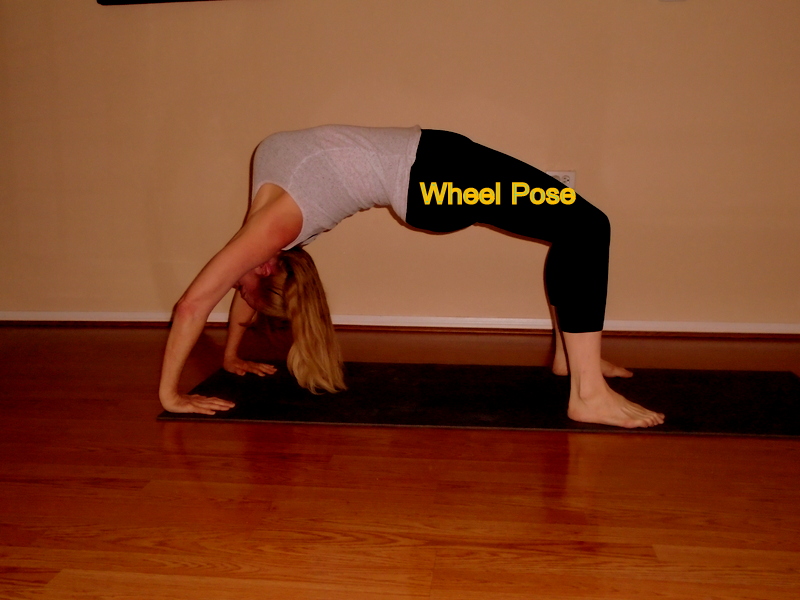
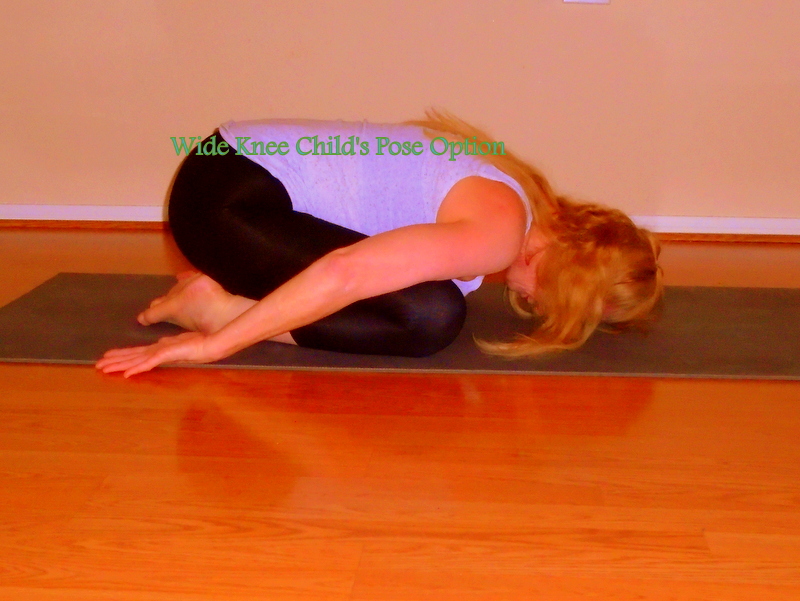
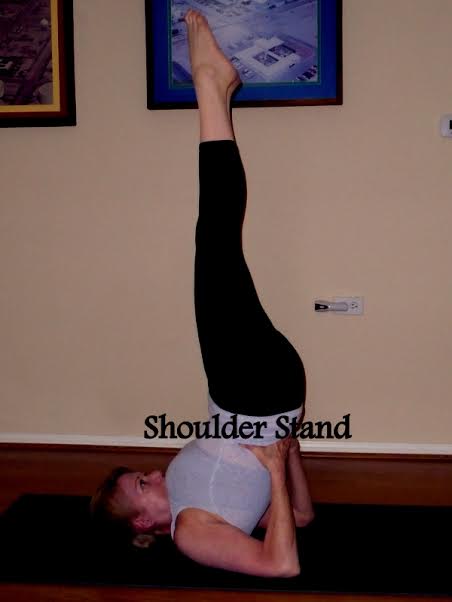
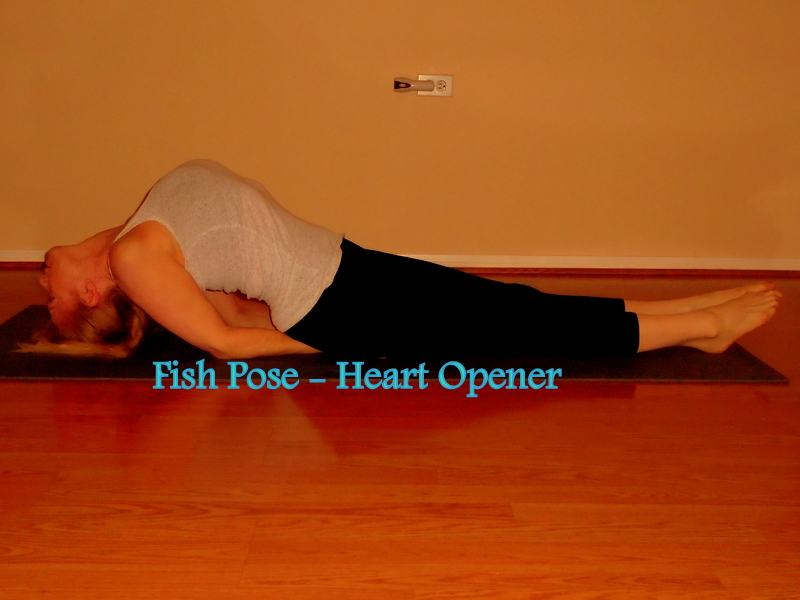
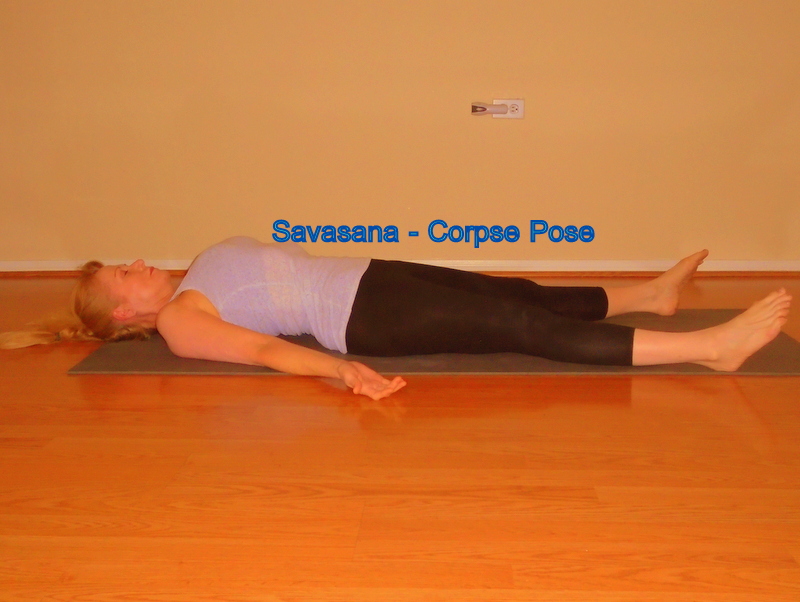
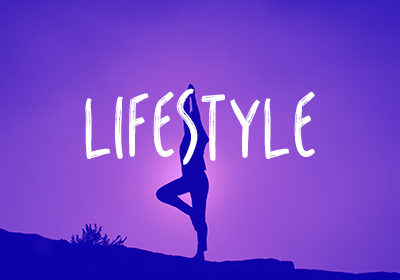
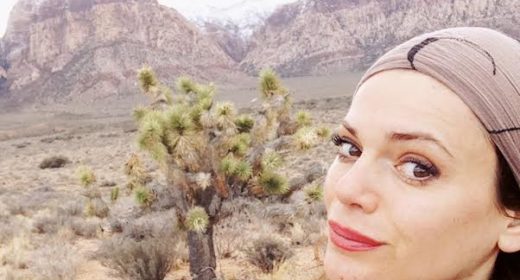





Thank you Ali! It looks great…xoxoxo
Great article Laura!! xoxo
Thank you! Great article! I found this to be very helpful with anxiety. I am looking forward to part two!